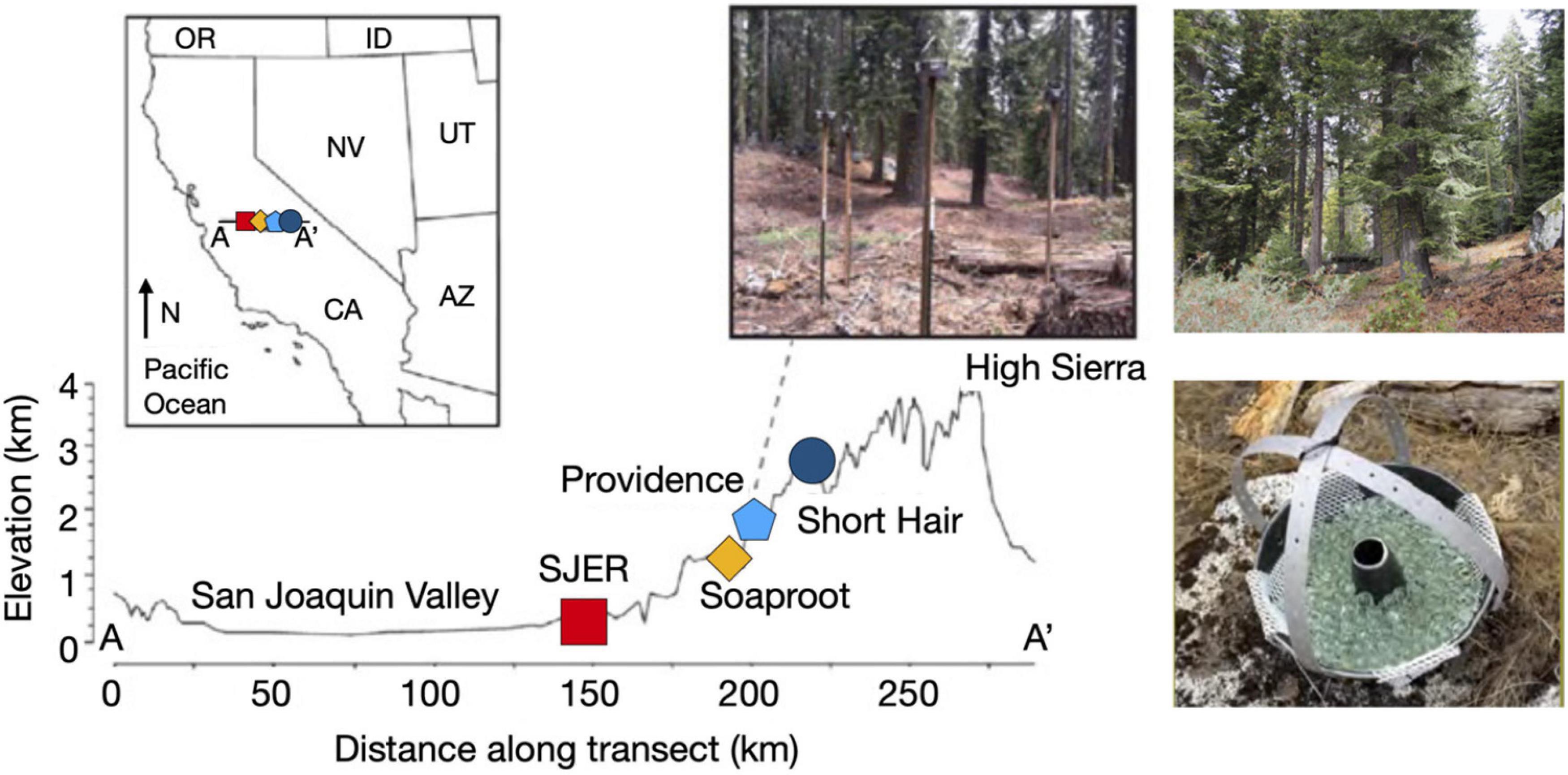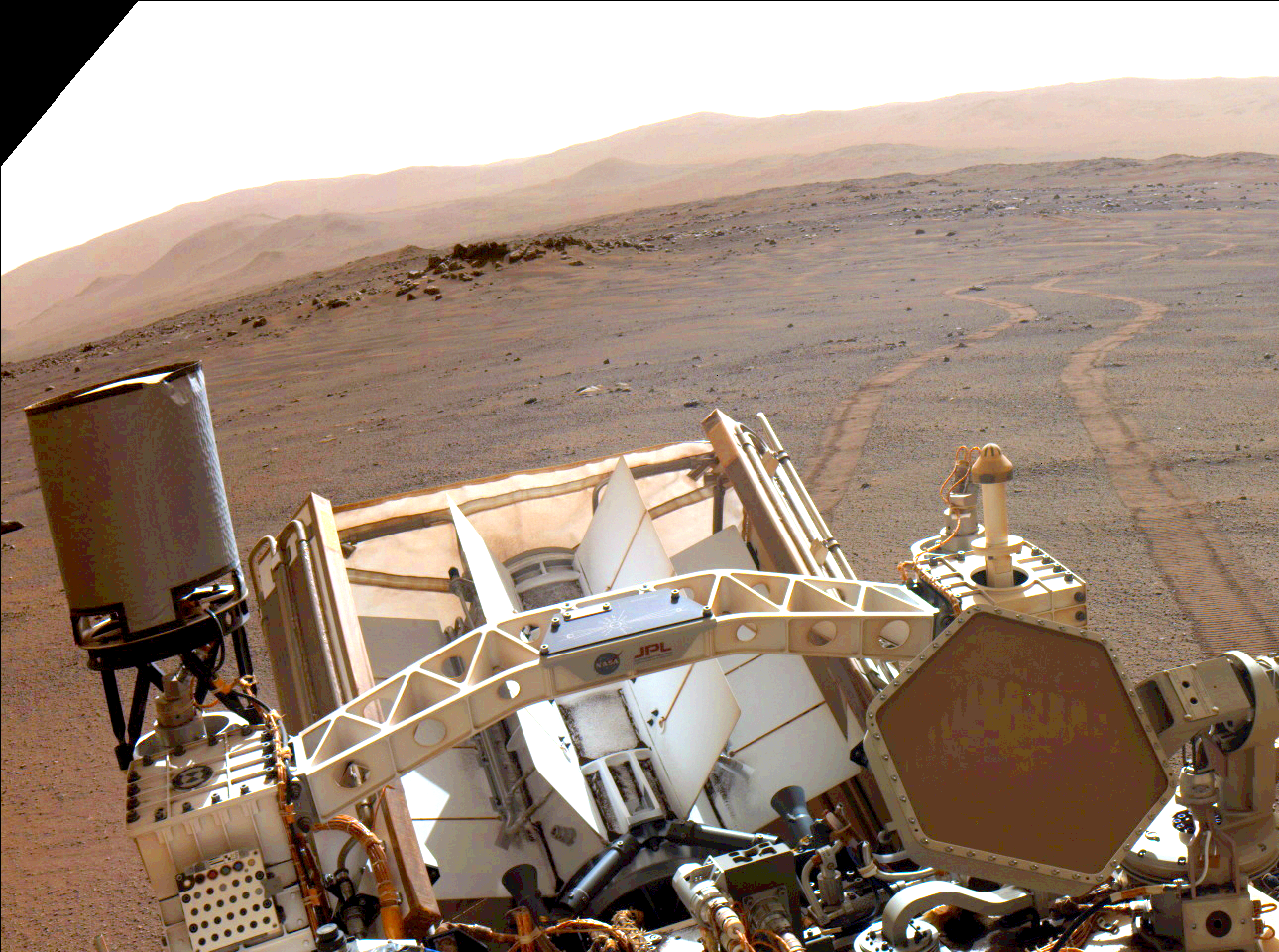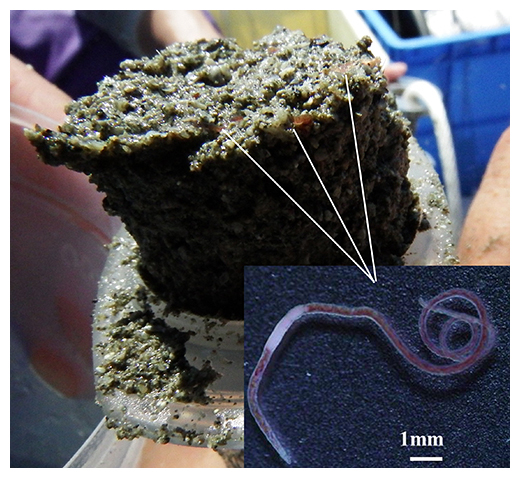汚れた輸送で世界中から病原体が運ばれてくる Dirty transport brings pathogens from around the world
2022-08-09 カリフォルニア大学リバーサイド校(UCR)
研究によると、より高濃度の塵が、人々がハイキングをする可能性の高い標高の低い場所に降り注いでいることがわかりました。
論文で、山の低標高から高標高に上陸する菌類とバクテリアの種類を詳述しています。”これらの微生物の中には、作物の不作や人間の呼吸器系疾患を引き起こすものもある。
標高の低いところでは、森林の病害や作物の損失をもたらす可能性のある粉状カビやスス状カビがより多く発見されました。また、粘着性酵母であるクリプトコッカスや植物病原菌のアルテルナリアといった真菌も見つかっており、これらはいずれも人間の肺に吸い込んだり感染したりする可能性がある。
研究者らは、塵が移動するにつれて微生物が塵から着実に脱落し、その結果、山の麓よりも頂上で見つかった細菌や真菌の種類が少なくなったのではないかと考えている。
<関連情報>
- https://news.ucr.edu/articles/2022/08/09/drought-increases-microbe-laden-dust-landing-sierras
- https://www.frontiersin.org/articles/10.3389/fmicb.2022.856454/full
カリフォルニア州シエラネバダの地形と地域的な干ばつが粉塵微生物に与える影響 Landscape Topography and Regional Drought Alters Dust Microbiomes in the Sierra Nevada of California
Mia R. Maltz,Chelsea J. Carey,Hannah L. Freund, Jon K. Botthoff,Stephen C. Hart, Jason E. Stajich, Sarah M. Aarons, Sarah M. Aciego, Molly Blakowski, Nicholas C. Dove, Morgan E. Barnes, Nuttapon Pombubpa and Emma L. Aronson
Frontiers in Microbiology published:28 June 2022
DOI:https://doi.org/10.3389/fmicb.2022.856454

Dust provides an ecologically significant input of nutrients, especially in slowly eroding ecosystems where chemical weathering intensity limits nutrient inputs from underlying bedrock. In addition to nutrient inputs, incoming dust is a vector for dispersing dust-associated microorganisms. While little is known about dust-microbial dispersal, dust deposits may have transformative effects on ecosystems far from where the dust was emitted. Using molecular analyses, we examined spatiotemporal variation in incoming dust microbiomes along an elevational gradient within the Sierra Nevada of California. We sampled throughout two dry seasons and found that dust microbiomes differed by elevation across two summer dry seasons (2014 and 2015), which corresponded to competing droughts in dust source areas. Dust microbial taxa richness decreased with elevation and was inversely proportional to dust heterogeneity. Likewise, dust phosphorus content increased with elevation. At lower elevations, early season dust microbiomes were more diverse than those found later in the year. The relative abundances of microbial groups shifted during the summer dry season. Furthermore, mutualistic fungal diversity increased with elevation, which may have corresponded with the biogeography of their plant hosts. Although dust fungal pathogen diversity was equivalent across elevations, elevation and sampling month interactions for the relative abundance, diversity, and richness of fungal pathogens suggest that these pathogens differed temporally across elevations, with potential implications for humans and wildlife. This study shows that landscape topography and droughts in source locations may alter the composition and diversity of ecologically relevant dust-associated microorganisms.



